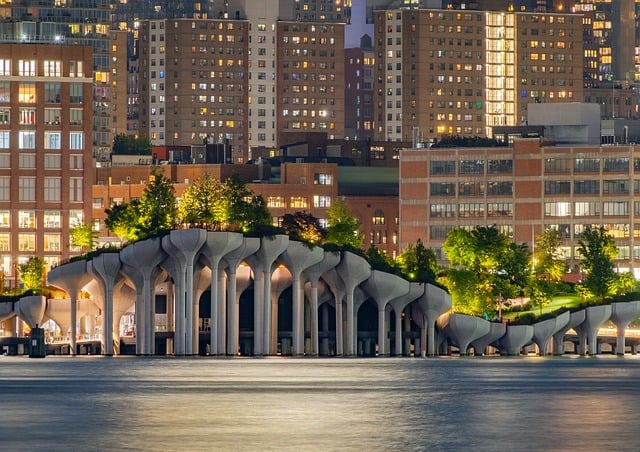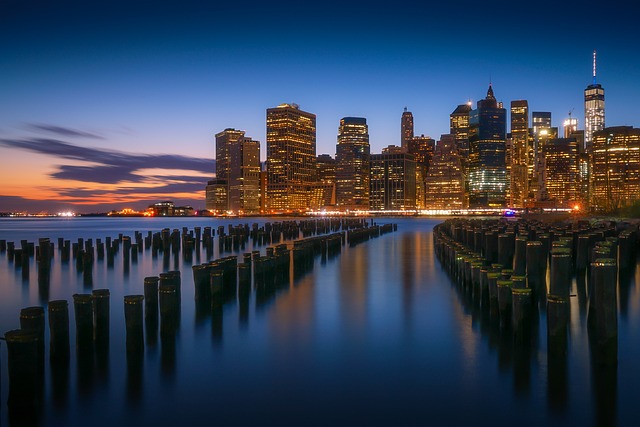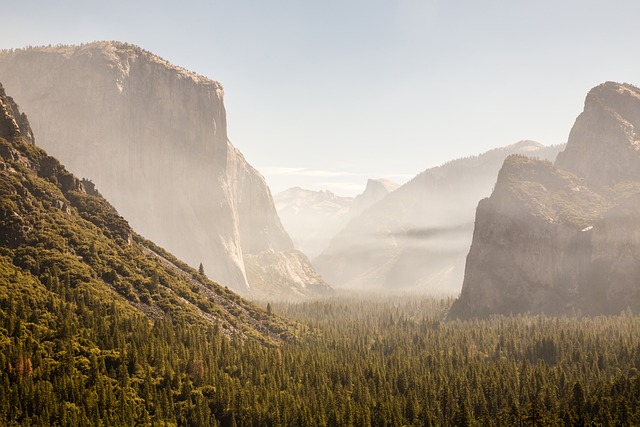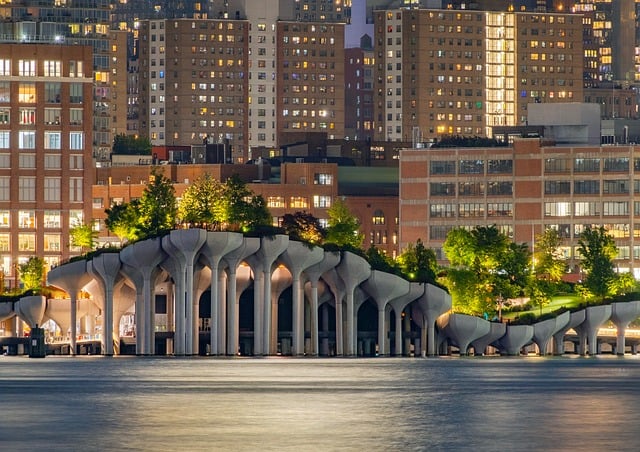Fabric fade, driven by sunlight and weather, diminishes aesthetics and value, especially in outdoor textiles like the 5×8 Nylon American Flag. Nylon's durable fibers resist fading, ensuring vibrant colors remain intact even after prolonged exposure to sun and wind. This feature makes the 5×8 Nylon American Flag ideal for outdoor displays, saving costs on replacements while preserving historical significance and visual appeal. Choosing fade-resistant fabrics like this nylon flag prolongs product lifespans, enhances aesthetic appeal, and offers a sustainable alternative across industries.
In today’s world, fabric longevity is a top priority. Fading, caused by UV exposure and environmental factors, can significantly diminish the aesthetic appeal of textiles over time. This article explores fade-resistant fabrics, delving into the causes and effects of fabric degradation. We highlight the pivotal role of nylon in creating durable materials, using the iconic 5×8 Nylon American Flag as a case study to demonstrate its remarkable endurance. Additionally, we discuss the advantages of using fade-resistant fabrics across diverse applications and offer key factors to consider when choosing the best option for your needs.
- Understanding Fabric Fade: Causes and Effects
- The Role of Nylon in Creating Fade-Resistant Textiles
- 5×8 Nylon American Flag: A Case Study in Durability
- Benefits of Using Fade-Resistant Fabrics for Various Applications
- Choosing the Right Fade Resistance: Key Factors to Consider
Understanding Fabric Fade: Causes and Effects

Fabric fade is a common concern for many, especially those who invest in high-quality textiles like the 5×8 Nylon American Flag. Understanding its causes is the first step to ensuring your fabrics maintain their vibrant colors over time. Fade can occur due to various factors, primarily exposure to sunlight and weather conditions. When left outdoors, fabrics are subjected to ultraviolet (UV) rays, which break down the color molecules, leading to discoloration and a significant loss of visual appeal.
The effects of fabric fade are far-reaching. In the case of flags and outdoor decor like the 5×8 Nylon American Flag, it can result in a diminished display, losing its impact and historical significance. Moreover, faded fabrics often require replacement, which can be costly and environmentally detrimental due to waste generation. Knowing these potential issues allows consumers to make informed choices when selecting fade-resistant materials to ensure longevity and preserve the beauty of their textiles.
The Role of Nylon in Creating Fade-Resistant Textiles

Nylon, a synthetic polymer known for its exceptional durability and strength, plays a pivotal role in creating fade-resistant textiles. Its unique properties make it an ideal choice for fabrics that are subjected to constant wear and tear, such as outdoor flags and banners. The 5×8 Nylon American Flag is a perfect example of how nylon enhances colorfastness. This flag, designed to withstand the elements, boasts vibrant colors that remain intact even after prolonged exposure to sun and wind.
The structure of nylon fibers offers excellent resistance to fading. Unlike natural fabrics, nylon does not contain any cellulose, which is prone to degradation from light and moisture. Additionally, nylon has a tight molecular arrangement, reducing the likelihood of color bleeding or fading over time. This makes it an excellent choice for creating long-lasting, visually appealing fabrics that maintain their intensity and clarity, even when displayed outdoors.
5×8 Nylon American Flag: A Case Study in Durability

The 5×8 Nylon American Flag stands as a compelling case study for fade-resistant fabrics, showcasing its durability and longevity in outdoor environments. Made from high-quality nylon, this flag is designed to withstand harsh weather conditions, including prolonged exposure to sunlight. The dense weave of the nylon fabric creates a barrier against fading, ensuring that vibrant red, white, and blue remain intact even after months of fluttering in the breeze.
This particular American Flag is an excellent example of how 5×8 nylon can retain its rich colors and structural integrity. Its resilience to color fading makes it ideal for outdoor displays, ensuring that it retains its aesthetic appeal year-round. This durability not only saves users money on frequent replacements but also celebrates the enduring spirit of patriotism without compromising visual impact.
Benefits of Using Fade-Resistant Fabrics for Various Applications

Using fade-resistant fabrics offers a multitude of benefits for various applications, ensuring colors remain vibrant and true for longer periods. This is particularly evident in outdoor settings where fabrics are exposed to sunlight, rain, and other environmental factors. For instance, a 5×8 Nylon American Flag, known for its durability and fade resistance, can proudly display its colors for years without the need for frequent replacement.
In the realm of fashion, home decor, and arts, fade-resistant fabrics allow designers and creators to explore bold, vibrant hues without worrying about color degradation. This not only extends the lifespan of products but also enhances their aesthetic appeal, providing a more sustainable and visually pleasing experience for users across different industries.
Choosing the Right Fade Resistance: Key Factors to Consider

When selecting fabric for its fade resistance, several key factors come into play. One of the leading choices for durability and color retention is 5×8 Nylon American Flag fabric. Its robust construction and high-quality materials ensure that colors remain vibrant even under intense sunlight and frequent use. This type of nylon is known for its superior strength and weather resistance, making it ideal for outdoor applications like flags or banners.
Consideration should also be given to the fabric’s weave pattern and density. A tighter weave generally offers better fade resistance as it provides more protection against UV rays and other environmental factors. Additionally, looking for treated fabrics that have undergone specific processes to enhance their colorfastness can significantly prolong the life of the product. These treatments are especially beneficial for items that will be exposed to varying weather conditions or frequent handling.
